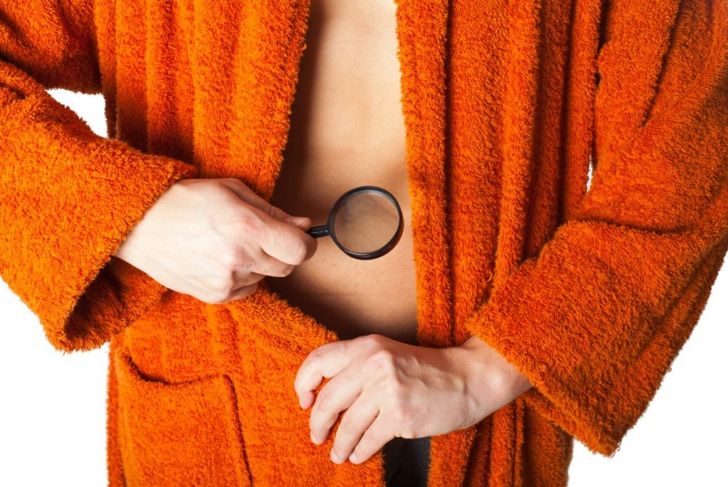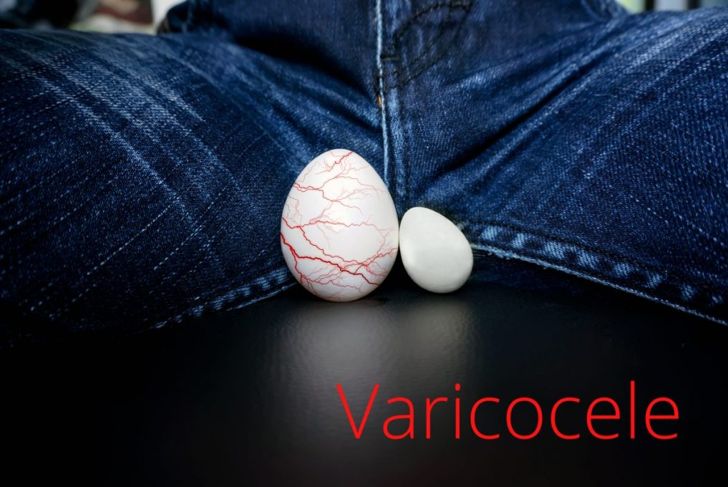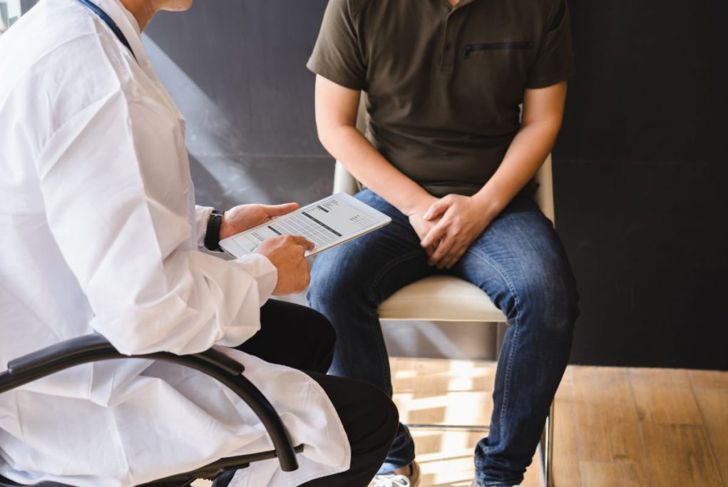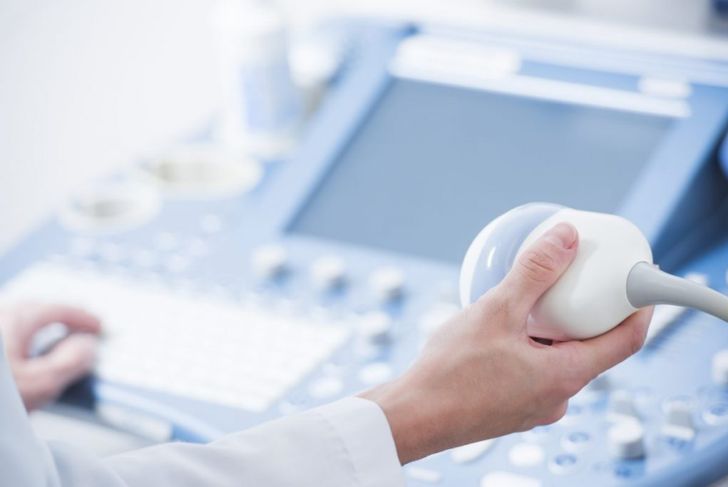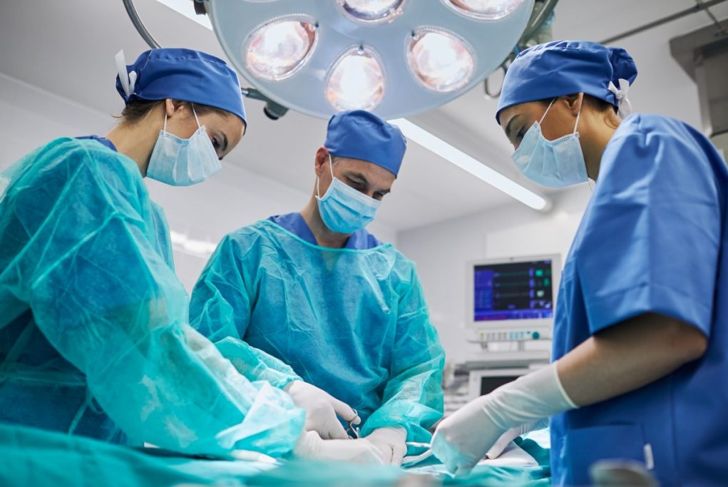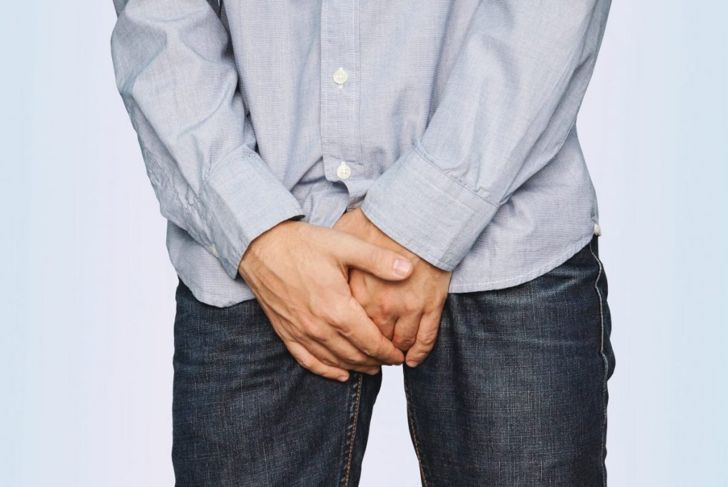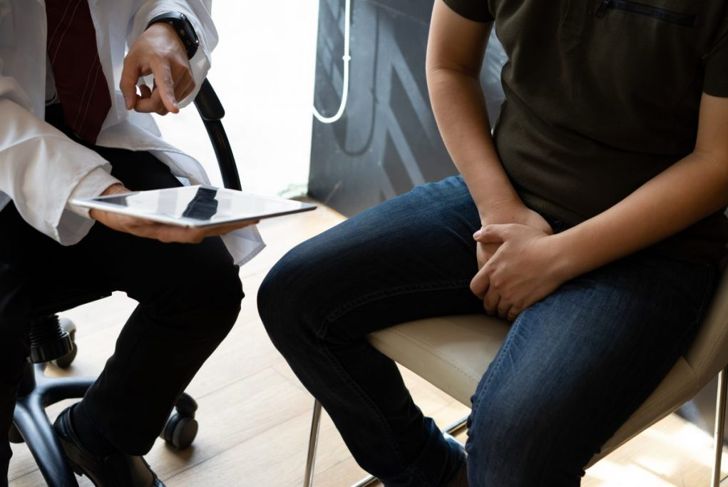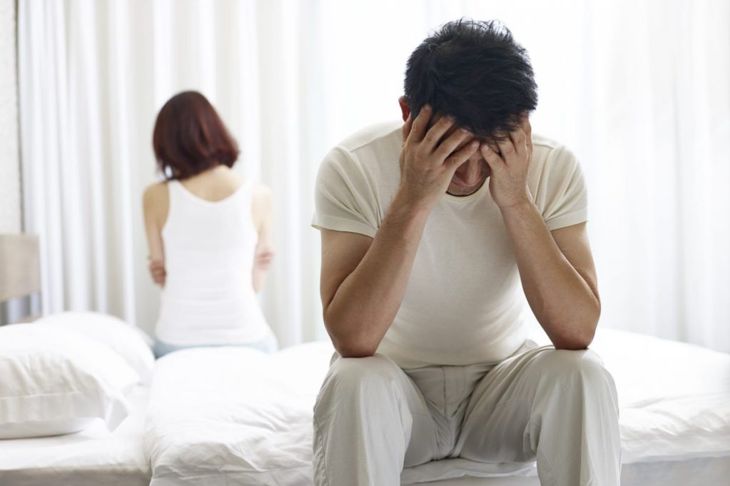Varicoceles occur when the blood vessels enlarge within the scrotum — the loose bag of skin that contains the testicles. Varicoceles are similar to varicose veins, and many men do not experience any problematic symptoms. The condition develops gradually and is usually harmless. In many cases, a man with varicoceles won’t require any treatment. In some cases, the condition can lead to fertility issues, but most symptoms of varicoceles are easy to treat.
Common Symptoms
Some men who develop varicoceles experience a sharp or dull pain that may feel worse when standing or exercising. Pain caused by varicoceles often gets worse as the day goes on. Some men find that their pain improves if they lie down. If the varicocele becomes very large, it may be visible or palpable within the scrotum. The condition can also cause one of the testicles to swell, almost always on the left side.
Causes
The exact cause of varicoceles isn’t known. However, experts believe the condition develops when blood is unable to flow properly through the valves inside the vessels of the spermatic cord that supplies the testicles with blood. When blood cannot flow to the testicles properly, this can cause a backup and force the blood vessels to widen, forming a varicocele. Men of any age can get the condition, but it is most likely to develop during puberty.
Physical Examination for Varicoceles
To diagnose varicoceles, the doctor will physically examine the scrotum. If the varicoceles are large, he will feel a lumpy mass in the scrotum, above the testicles. If the doctor cannot feel the varicocele, the patient may need to perform a Valsalva maneuver. This involves standing up, breathing in deeply, and then bearing down strongly. This makes it easier for the doctor to feel enlarged veins.
Scrotal Ultrasound
Sometimes, a varicocele is too small to be felt, even using the Valsalva maneuver. In this circumstance, the patient may require a scrotal ultrasound, which allows the doctor to see the veins and structures inside the testicles in detail. If varicoceles are not present, or tests are inconclusive, but the person still has symptoms, additional tests can clarify the situation. It is essential the doctor rule out more serious causes for the symptoms, such as a tumor applying pressure to the spermatic cord.
Surgical Treatment
Many cases of varicoceles require no treatment. However, some men will need surgery to correct the condition, particularly if they experience pain or discomfort or if a semen analysis comes back with abnormal results. Surgery can often cure or significantly improve male infertility caused by varicoceles. A varicocele repair involves sealing the affected vessel, so blood is redirected through the normal blood vessels supplying the testicles. The surgeon may perform the procedure under local or general anesthetic.
Varicocele Surgery Recovery
Most men who have undergone varicocele repair surgery will be able to resume normal or non-strenuous activities after a couple of days. Most doctors advice avoiding physical exercise for around two weeks and until all discomfort subsides. Some men experience mild pain after their procedure, lasting up to three weeks. Over-the-counter painkillers can treat this side effect. The surgeon may recommend refraining from intercourse for some time. If the procedure was to correct abnormal sperm production, it could take a few months to see the effects.
Varicocele Surgery Complications
Varicocele repair surgery is usually low risk. However, complications can occasionally develop. One possible complication is an abnormal amount of fluid build-up around the testicles, called a hydrocele. There is also a chance that varicoceles could recur in the future. Occasionally, surgery can damage one of the arteries supplying the testicles, and it is also possible an infection will develop post-surgery.
Testicular Atrophy
One complication of untreated varicoceles is shrinkage of one of the testicles or testicular atrophy. Doctors do not know why varicoceles can cause the testicular tissue to shrink. Blood pooling in the vessels around the testicles leads to an increase in pressure and increases the exposure to toxins in the blood. Experts believe these factors damage the testicular tissue, leading to shrinkage.
Varicoceles and Infertility
Varicoceles appear to infertility or reduced fertility because blocked and enlarged vessels in the scrotum increase the temperature of the testicles, decreasing sperm production and causing the cells to develop abnormally. Low sperm count and low motility can cause infertility.
Home Remedies for Varicoceles
Some men prefer not to undergo surgery for varicoceles, especially if the condition does not cause significant pain or infertility. In these cases, occasional pain or discomfort can be treated using over-the-counter pain relief medications. Some men also find wearing an athletic supporter can manage their varicoceles by relieving pressure in the scrotum, reducing pain, and preventing the condition from worsening.

 Home
Home Health
Health Diet & Nutrition
Diet & Nutrition Living Well
Living Well More
More